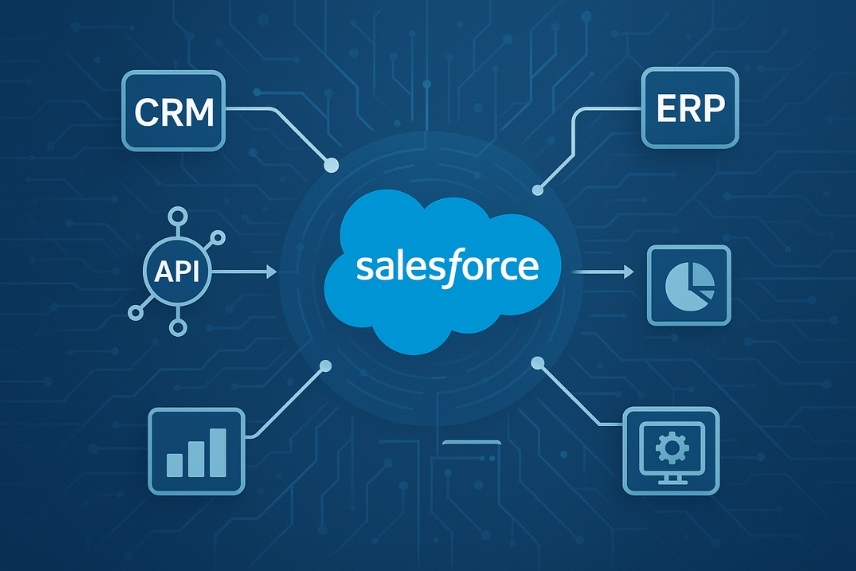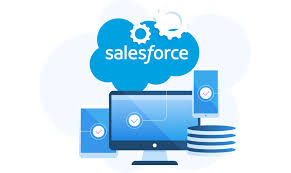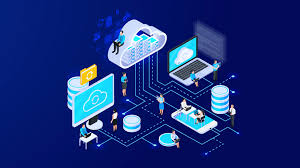As German companies grow and embrace digital transformation, connecting all their systems isn’t just nice to have—it’s a must. More and more organizations turn to Salesforce integration services to bring their data together, simplify processes, and create better experiences for their customers. When you work with a skilled Salesforce consultant in Berlin, you can link up your CRM, ERP, finance tools, HR systems, and even custom apps without the usual headaches.
Why Integration Matters for German Businesses
German businesses face tough competition and things move fast. If your systems talk to each other, you get:
Quicker decisions
Better customer service
Less manual work
Real-time info at your fingertips
Automated workflows that actually work
That’s why so many companies look for experienced Salesforce consultants in Berlin and strong consulting partners across Germany to build solid, scalable integration setups.
What Salesforce Consultants in Berlin Actually Do
A good Salesforce consultant in Berlin doesn’t just plug things together. They:
Get to Know Your Systems
They dig into your current tools, how your team works, and where your data lives before laying out a plan.
Choose the Right Integration Method
Whether it’s APIs, middleware, direct connections, or Salesforce’s own tools—they pick what fits.
Keep Data Accurate and Secure
German companies care deeply about data privacy. Consultants here make sure everything syncs securely and stays GDPR-compliant.
Stick Around for Support
They don’t vanish after launch. They keep things running, squash bugs, and help your team get comfortable with new workflows.
How Salesforce Developers in Germany Make It Happen
Salesforce developers take on the technical heavy lifting—building custom code, automations, and integration scripts. They:
Develop APIs
Create custom Lightning components
Connect with third-party apps
Transform and move data
Handle errors and keep an eye on integrations
For bigger projects, businesses often bring in both a Salesforce developer in Berlin and a consulting partner in Germany to get it right and keep things steady long-term.
Popular Integrations for German Companies
Here’s what German enterprises connect most often:
ERP Systems
SAP, Oracle, Microsoft Dynamics—for keeping sales, inventory, and finance aligned.
Marketing Platforms
HubSpot, Marketo, Mailchimp—for smooth lead tracking and campaign automation.
E-commerce Platforms
Shopware, Shopify, Magento—to sync orders, customer histories, and product catalogs.
Customer Support Tools
Zendesk, Freshdesk—for a seamless support experience.
Why Work With Salesforce Consulting in Berlin?
Teaming up with a good Salesforce consulting partner in Berlin brings real benefits:
No more data silos
Easy communication between teams
Faster responses
More accurate forecasting and analytics
Stronger customer relationships
All these perks help German businesses make smarter moves and stay ahead of the competition.
Why German Enterprises Choose Salesforce Integration Services
Centralized Data
Everyone can access up-to-date, accurate info, no matter their department.
Automated Processes
Forget repetitive manual work—everything syncs automatically.
Scalability
Integrations can grow right alongside your business.
Better Customer Insights
Sales, marketing, and support teams finally see the full customer journey.
In Short
German businesses can’t afford disconnected tools anymore. They need a connected system. With the right Salesforce consultant in Berlin or an experienced consulting partner in Germany, companies streamline operations, unite their data, and give customers a better experience—all at once.
FAQs
- Why do German enterprises need Salesforce integration services?
To bring data together, automate workflows, and keep all their systems in sync.
2. Who can help with Salesforce integration in Berlin?
Experienced Salesforce consultants in Berlin who know both business processes and the technical side.
3. What systems can Salesforce connect with?
ERPs, marketing platforms, e-commerce sites, customer support tools, HR apps, and custom solutions.
4. Do businesses need a Salesforce developer in Germany for integration?
Yes—a Salesforce developer in Germany builds the custom parts, APIs, and automations that make seamless integration possible.




